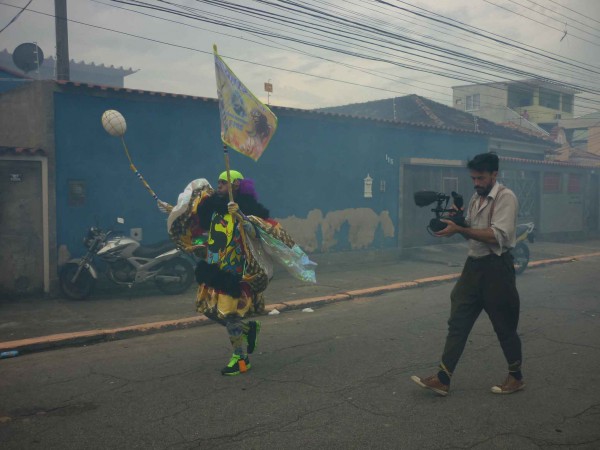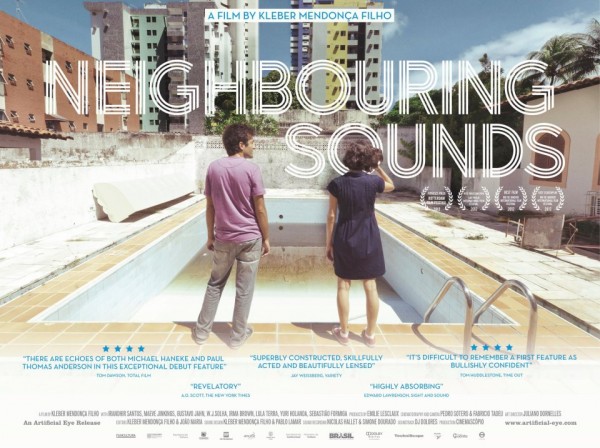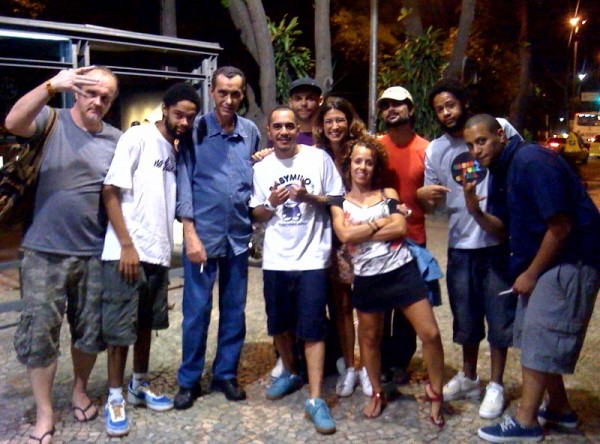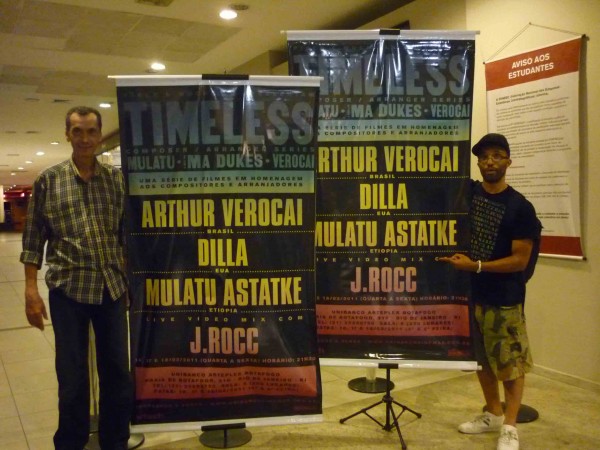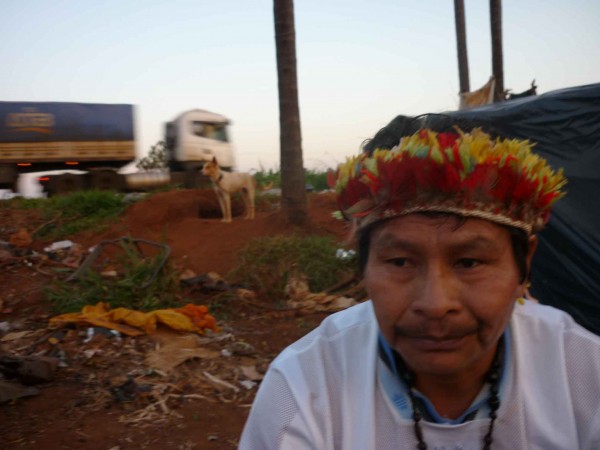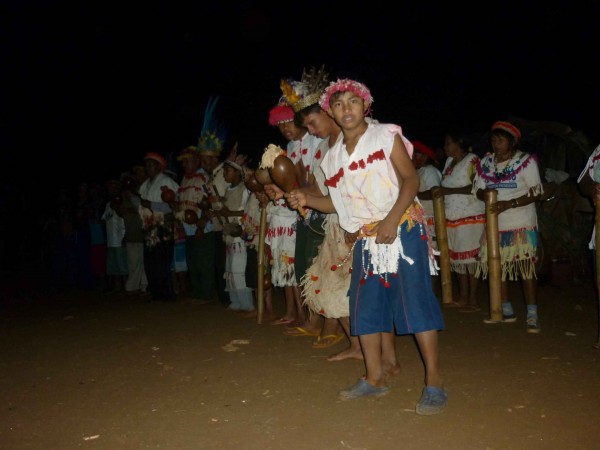I was talking with a friend about how much we love interviews. I love giving interviews because basically I don’t really answer what people want me to answer, I just think by myself, it’s like a visit to the psychologist, talking. I learn about myself giving interviews because it’s the only moment I get to really take time to think about what I’m doing almost. I construct my ideas during interviews.
What’s your name and what do you do?
My real name is Mathieu. I started to use the name Vincent Moon about ten years ago. I come from photography and I’m from Paris. I guess the first time I was in a collective exhibition I used the name Vincent Moon because I was ashamed of putting my name on the wall alongside my photos. I was ashamed of what I was doing. I guess all my work is based on this idea of extreme hate against myself. I didn’t like myself then and I still struggle with myself now, that’s a very simple thing. So I took the name Vincent Moon that comes from a story by Jorge Luis Borges. Vincent Moon is a traitor and an evil character, he’s a double character.
What do you do now?
I’m learning about the world, travelling. Usually I say that I’m a film maker but especially this month when people have been asking what I’m doing now, I say that I travel, and that I have a good pretext to travel because I make films about music all over the world, but my real aim is to know more, to learn and to change into a better person I guess.
Why music?
I think I’m obsessed about music. I don’t know anything about music; I mean I don’t understand how it’s made. And I think I have a reflection, a big question for everybody and all the young people growing and trying to understand what they are doing here, you can have access to all sorts of information but I like the idea that you must struggle with what you don’t want to know, what sort of information you don’t know or don’t want to reach. So I like to play with this idea and turn it around.
So I have no idea how music is made, like someone playing the guitar, I have no idea how this is done, and I don’t want to know. So each time a friend of mine, a musician, tries to explain something to me, I tell them they’re breaking the magic of it for me. People making music is like magic, I think that musicians are like magicians and I’m fascinated by this. When you know how they do it it’s not as beautiful any more.
Take Away Show #104 _ TOMI LEBRERO from Vincent Moon / Petites Planetes on Vimeo.
What music interests you most?
I got interested in music through going to tons of live shows in Paris. If you ask me which genre I like, I’ll say live. I come more from an Indy rock background but I’ll now switch between genres, especially now that I’m travelling in non-English speaking countries, I’m discovering about sounds that I never knew before and I get excited about this. The beauty is when I’ll listen to something and have a first reaction thinking what is this? But I have this only more and more rarely. And I have the same feeling with cinema. I hope my films are like this; they are extremely simple and they are sort of between many things, and people are like “What is this?”
What do you make of Rio?
It’s very interesting because I went to São Paulo before and I’m very happy that I did, there is a lot to learn about how cities evolve and I think that there is a lot to compare between the two. I loved São Paulo and found an incredible type of energy there, very rare in fact, that I have never found anywhere in the world before.
Rio is much more conservative. It’s a very beautiful place and a very touristic place, but like any such place it’s very conservative, and therefore it’s very hard to make things happen in a creative way in such a place, the walls are very thick and you can’t really move around much.
I love cities, I’m an urban guy, I love to see how things grow, and São Paulo doesn’t have any limits, it just expands and grows and grows. It’s total chaos without any limits, you can always find a place to do something.
I was in Poland recently and I went to Krakow and Warsaw. It’s a very interesting story: before World War II Warsaw and Krakow were the two first cities and extremely old very beautiful places. Then in the War Warsaw was completely razed, because of the Warsaw uprising they destroyed it. At same time Krakow didn’t receive any bombs, it was preserved. Nowadays you go there and you see Krakow, it’s Disneyland, extremely preserved and there’s nothing happening. You go to Warsaw and it’s the most vibrant space I’ve seen in such a long time. This says so much about how history evolves and how destruction can even be a good thing.
So if the question for the 20th century was how to conserve, the question for me now is how to destroy. Going through a terrible thing is often the key to building a community, like a story about an area of Amsterdam that was very poor and very violent and forgotten by the authorities for many years. One day a plane crashed and killed hundreds of people. From that day a community was formed. Here was a dramatic event that joined the whole community and changed the whole area.
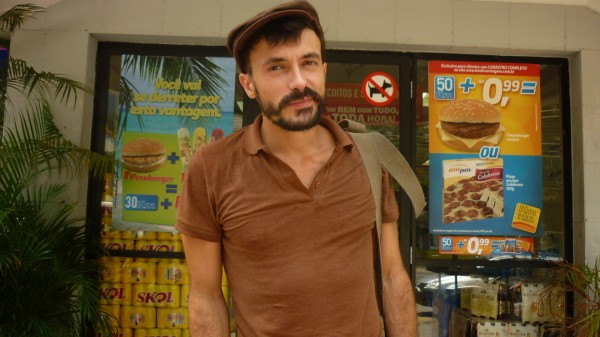
What is culture? Is it possible to explain the word culture?
Erm, well. It’s hard for me to think about what it’s not. Everything is culture.
I guess culture is what makes us different from each other also, and I’m just worried that we’re just witnessing the disappearance of a lot of culture and the emergence of just one main culture all around. I mean this gas station where we are looks like any other gas station in the world. It freaks me out a bit. I’m interested in multiculturalism and what this means. I think it has to do with preservation and destruction. I think preservation can harm culture a lot by trying to put it in a box.
Vincent Moon is an independent filmaker.
